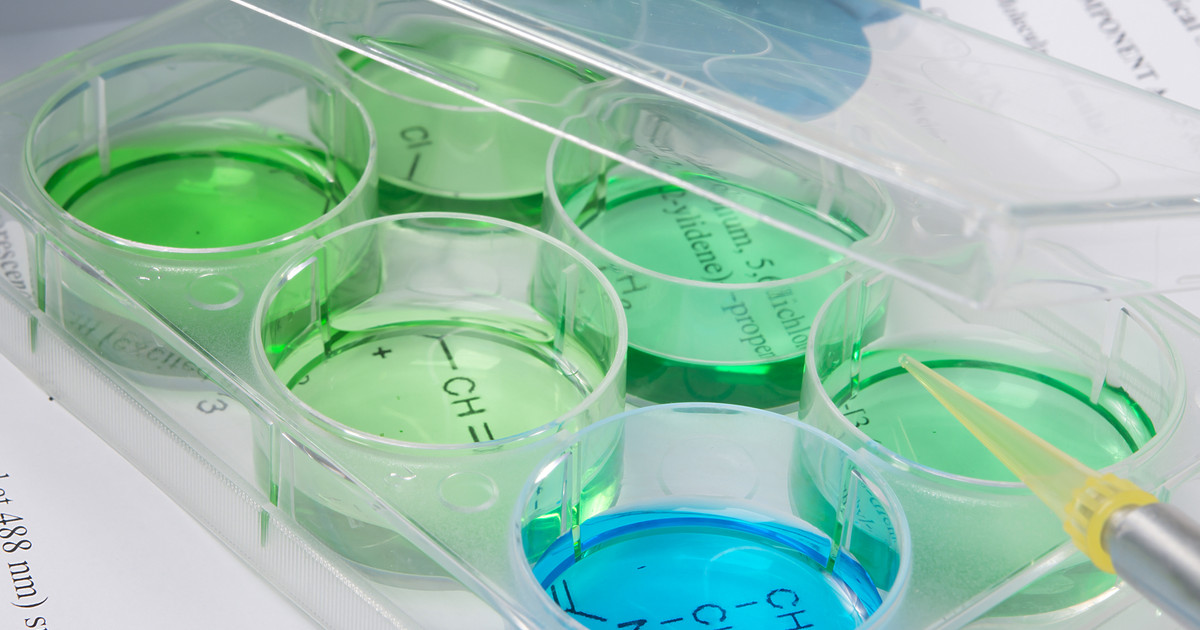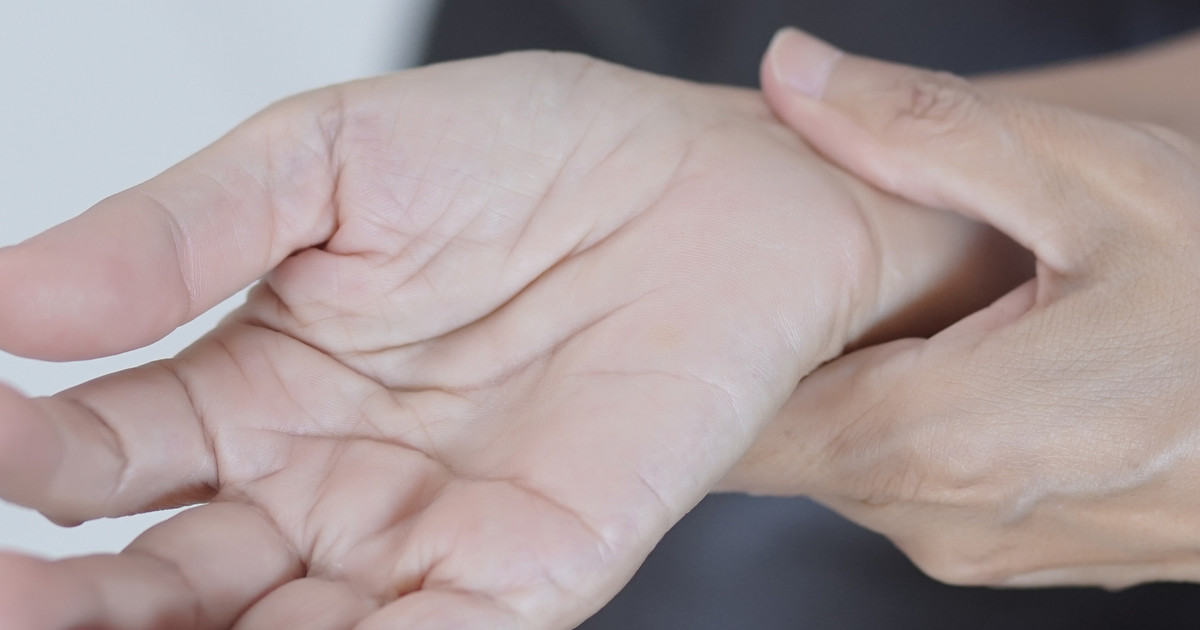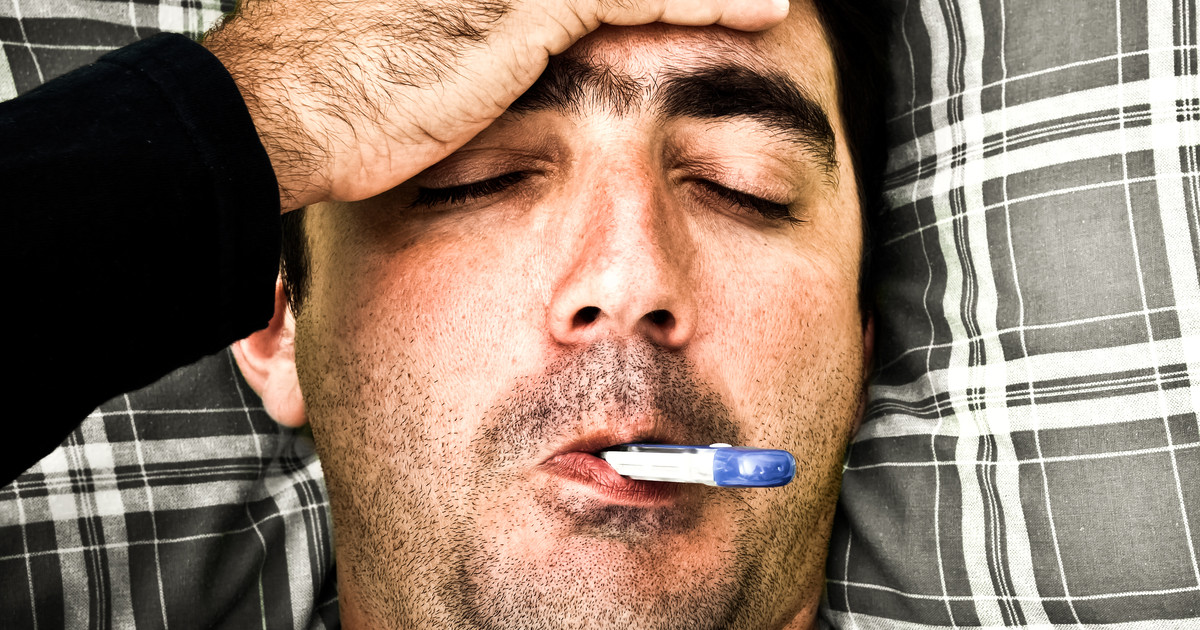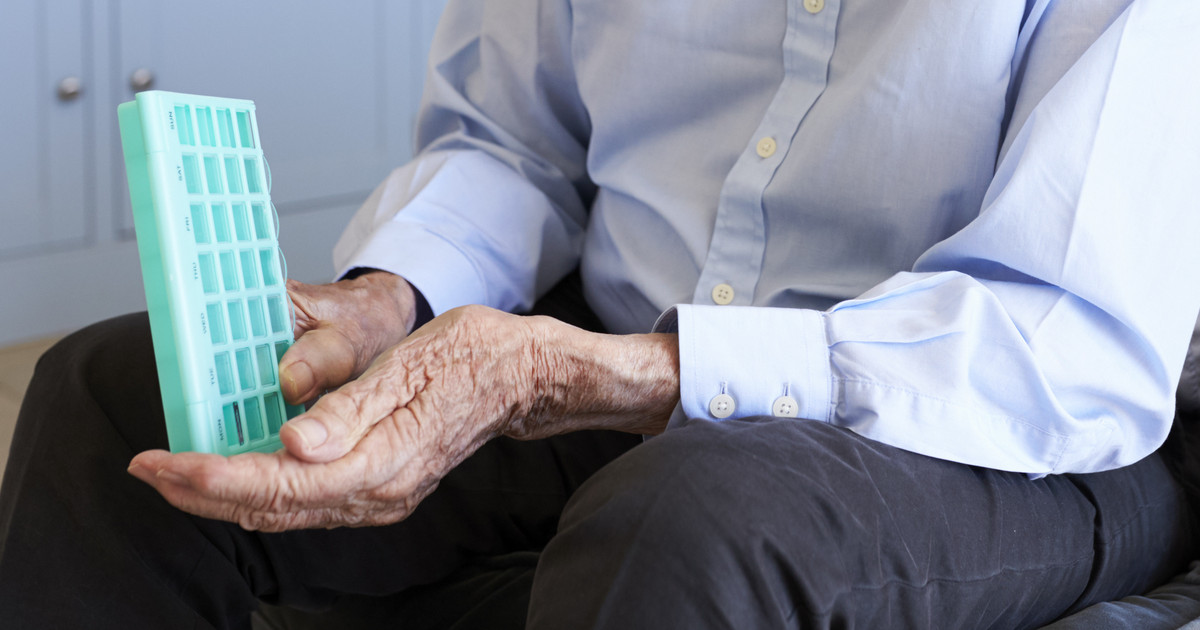What Is Colchicine?
Colchicine, a prescription medication, seems to be extracted from crocus plants. It may reduce how much uric acid crystals build up in an individual's joints. Patients seem to take this medication orally. Doses may vary based on why patients take it. Adults appear to start with 1.2 milligrams when symptoms flare up. A daily dose of 0.6 milligrams may prevent these flares. However, some patients may need two doses of 0.6 milligrams daily. Seniors and those with kidney damage seem to need lower doses.
Colchicine appears to be a standard gout treatment. It should help patients with immediate gout pain relief. Of course, there may also be alternatives to colchicine tablets. Some patients may take gout supplements or other herbal medicine for uric acid. However, patients may want to understand how this medication should work if they want to ensure that it is the best treatment for gout for their needs.
How It Should Work
Colchicine appears to be a common gout medication. It may stop processes that can trigger inflammation. This medicine seems to change how the body responds to uric acid. It should also bind to tubulins, which are proteins. When colchicine binds in this way, it appears to stop microtubule assembly. Microtubules should help cells keep their shape, and they may be involved in regulating cell division. They also appear to help with the secretion of cytokines and chemokines. Experts seem to believe that this medication is effective because it can block tubulins. This medicine may also stop neutrophils from moving in specific ways, which may impact uric acid crystals in gout.
Continue reading to reveal the potential uses for this medication next.

Potential Uses
Patients seem to take colchicine to treat gout flares. Some brands of this medication may also be able to prevent future gout attacks. Some individuals may take it for familial Mediterranean fever if they are at least four years old. Colchicine may prevent chest, joint, and abdominal pain in this condition. Behcet's syndrome patients may take this medication as well to handle symptoms such as redness, pain, and swelling.
This medication also seems to have some 'off-label' uses. Examples may include Paget's disease, pseudogout, coronary artery disease, pericarditis, and primary biliary cirrhosis. Some patients may take it to prevent post-pericardial syndrome as well.
Discover this medication's possible side effects next.

Possible Side Effects
Colchicine appears to have many possible side effects. The most common ones may include pain in the abdomen, diarrhea, vomiting, and nausea. Patients may want to tell their doctor when they experience these effects even though they are common. Less common side effects seem to be fever, chills, headaches, and blood in the stool. Some patients may see blood in their urine as well. Their stool may look black or tarry due to the blood. Other patients may have trouble breathing when they are exercising if they take this medication.
Individuals taking this medication may experience skin peeling, redness, or hives. A burning sensation on their skin may occur as well. Other rare side effects seem to include a sore throat, sores in their mouth or on their lips, as well as numb fingers or toes. Patients appear to need emergency attention if their lips, tongue, or palms turn gray or pale. They may also need this attention for signs of an infection.
Get the details on the potential precautions next.

Potential Precautions
This medication may not be safe for all patients. Thus, they should consider talking about their medical history with their doctor first. A history of liver disease, kidney disease, and heart issues may mean that they cannot take colchicine. Other conditions seem to do this as well. Women may not be allowed to take this medication without contraception, as it appears to be unsafe for them if they are pregnant or breastfeeding. Some men may deal with reduced fertility due to this medication. Other issues that seem to make this medication inappropriate include low white or red blood cells, low platelets, or bone marrow function problems. This medication already seems to lower white blood cells and platelets. Thus, colchicine may put individuals at a higher risk of infection and easy bruising as a result.
Patients may want regular blood tests when they take this medication. Avoiding contact sports and individuals with infections also appears to be helpful. Grapefruit seems to increase colchicine concentration, so patients may want to avoid this fruit or risk more side effects. Individuals may take this medication without food, though doing it with food seems to reduce discomfort in their stomach.
Uncover information on the possible medication interactions next.

Possible Medication Interactions
Colchicine seems to have over two hundred possible medication interactions. Thus, patients may want to write down all of their medications first. This list should have prescriptions, supplements, and over-the-counter medicine. Their doctor may be able to prevent possible interactions if they review this list. A pharmacist should help with this as well. Of course, patients may not want to stop any medications or start new ones without speaking to their doctor, especially if they take colchicine.
Some interactions appear to exist with HIV medicines, macrolide antibiotics, and diltiazem. Azole antifungals, such as ketoconazole, may also trigger interactions. Patients may need alternative medications or different doses to avoid interactions.
